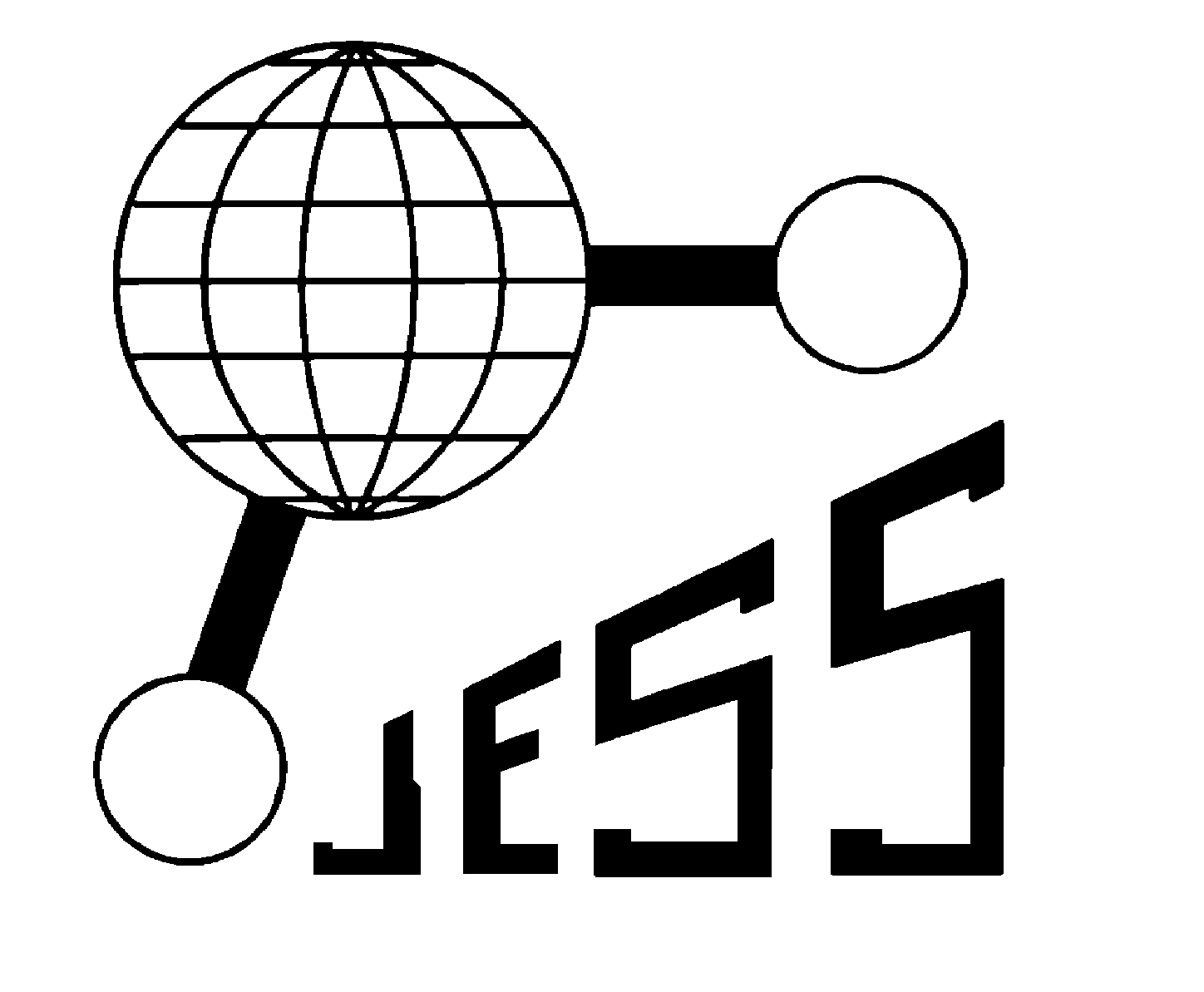
 |
Abbreviated Reaction Formats |
JESS - JOINT EXPERT SPECIATION SYSTEM
There are two abbreviated methods of entering a JESS reaction. Neither are entirely general but they can be used to specify many reactions in a quick and easy way.
Both abbreviated methods depend on a preliminary identification of the reactants in terms of a metal ion and one or two ligands. One ligand, called the 'primary ligand' must always be specified.
Beta convention
The first abbreviation method applies when the reaction has as its product a single complex and the reactants are the individual, unassociated components of that complex. For example, if the reaction can be written as X + Y = X_Y, then X_Y is said to be the complex and X,Y are its components. The reaction is then specified simply by a B (for beta) followed by a string of digits that give the stoichiometry of the complex.
In a two component system (i.e. with two digits), the order is ligand first, then proton. In a three component system, the digits refer in order to metal, ligand and proton. In a four component system, the metal comes first, then the primary ligand, then the secondary ligand, and the proton last. Proton stoichiometric coefficients can be negative.
For example, by entering (without quotes) 'B110' you specify the reaction 'M + L = M_L'.
Likewise, 'B012' means 'L + H = L_H(2)', 'B12' means 'L + H = L_H(2)',
'B22-2' means '2 The initial letter B serves to distinguish these stoichiometries from
a reaction number (which is not allowed).
MLH convention
In the second method, the letters M, L, X, H and the pair OH are used
to identify components. The reaction is specified by formulating an
expression for its equilibrium constant: species are represented by
combinations of these letters with digits (giving the stoichiometry),
separated by a period . for multiplication of species concentration
or by a slash / for division.
Thus, for example, by entering (without quotes) 'ML/M.L' you specify
the reaction 'M + L = M_L', 'LH/L.H' means 'L + H = L_H', 'LH2/L.H2'
means 'L + 2 Clearly it is easier to use the 'beta formulation' if it is applicable.
Note, however, that the main saving, achieved by both methods, is that
(i) symbols do not need to be typed at length and (ii) the variety of
symbols and spacing used in the full JTH reaction formulation is avoided.
The MLH formulation has an additional advantage. By employing it,
it is almost always possible to specify reactions using the conventions
of Smith and Martell in their volumes of Critical Stability Constants.
These can be entered directly in the form they give. Hence, when considering
a reaction from a Smith and Martell volume, simply type the MLH abbreviation
without regard to whether digits occur as superscripts or subscripts.
There are exceptions, but this rule works in a very large majority of
cases.
In addition to these abbreviation methods, there is also a shortened
way for entering a formation reaction
(in which a species is formed from its elements).